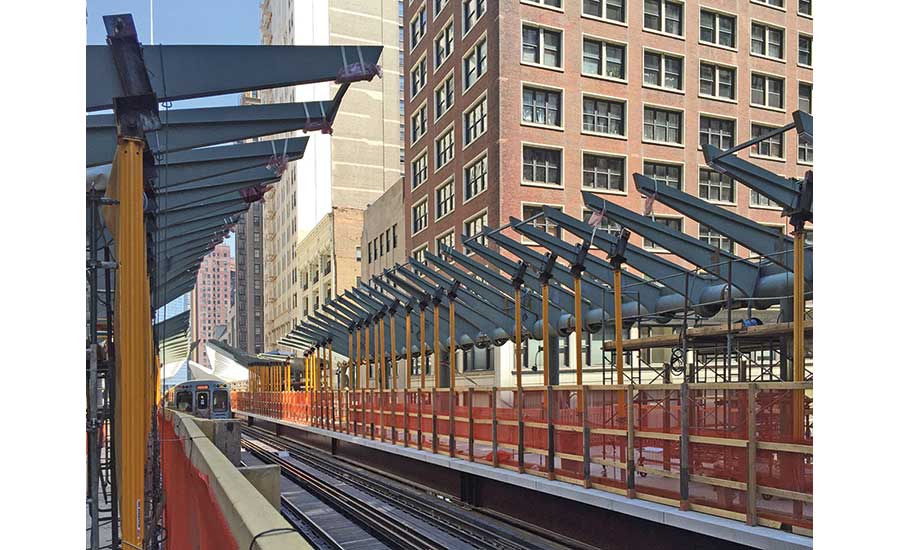The Chicago Transit Board approved a $38.3-million contract to T. Y. Lin International Great Lakes on Feb. 10 to provide planning and preliminary engineering services for the Red Line Extension, a long-discussed, estimated $2.3-billion project that would take CTA's existing Red Line 5.3 miles south from 95th Street and the Dan Ryan Expressway to 130th Street.
The contract includes preparation of the project’s Final Environmental Impact Statement. The EIS will allow the Red Line Extension to advance through the project development phase, the next step of the federal funding process. It also covers planning and preliminary engineering services. In 2019 the CTA board committed $310 million of the agency’s 2020-2024 capital budget toward the local match needed to secure federal money for the Red Line Extension. In 2018, the board approved a $20.9-million contract with consultant HNTB Corp., which still serves as program manager and will oversee the final environmental review and preliminary engineering work.
"So now we've brought an environmental firm on board and the CTA will be looking at bringing a design firm on board, and moving that program forward," HNTB Chicago Office Leader Mark Becherer said in December. "It also just got some additional funding and now it's looking like it's going to move a little quicker than we thought and we're excited about that."
CTA said in a statement that it would also request the Federal Transit Administration begin to evaluate the Red Line Extension project for potential selection and funding through the New Starts program. Following project development, CTA plans to move into the engineering phase for the project, which will position it to negotiate a full funding grant agreement with the FTA, CTA's statement said.
The final EIS will document the results of the draft EIS process, confirm the preferred alignment of the new line, and include a list of final mitigation measures to address any environmental impacts to the surrounding community. The contract has a base term of three funded years with six, unfunded one-year options.






Post a comment to this article
Report Abusive Comment